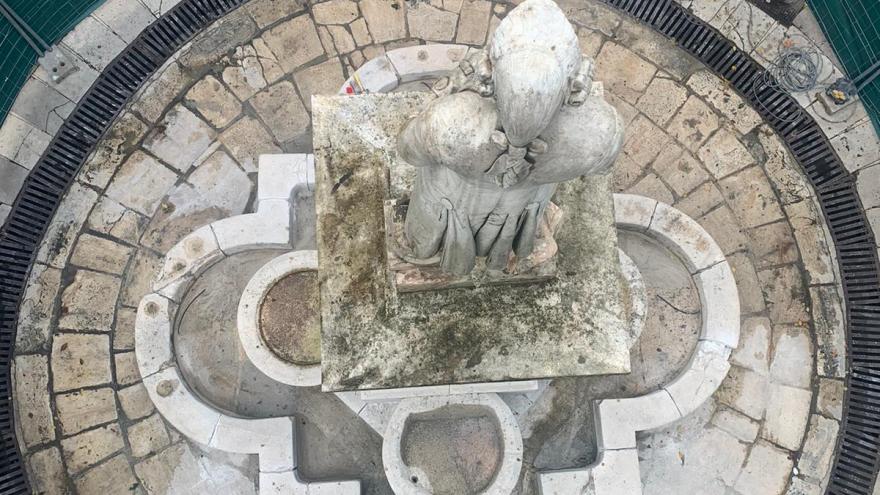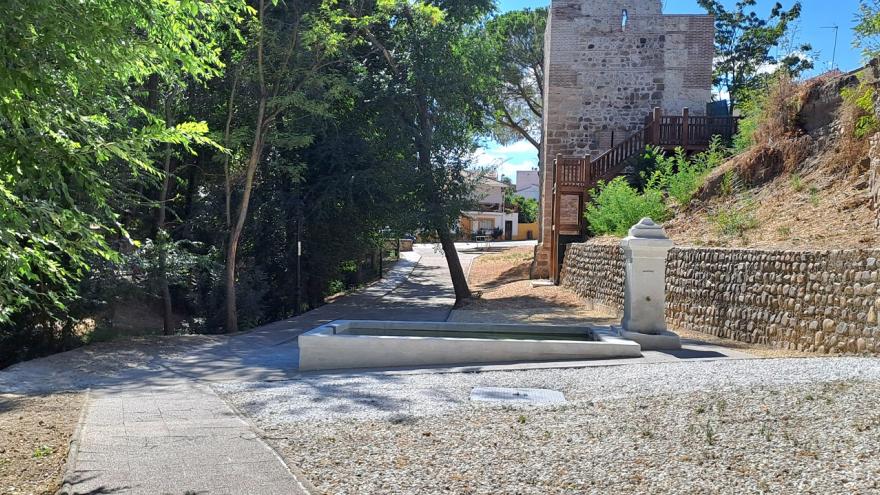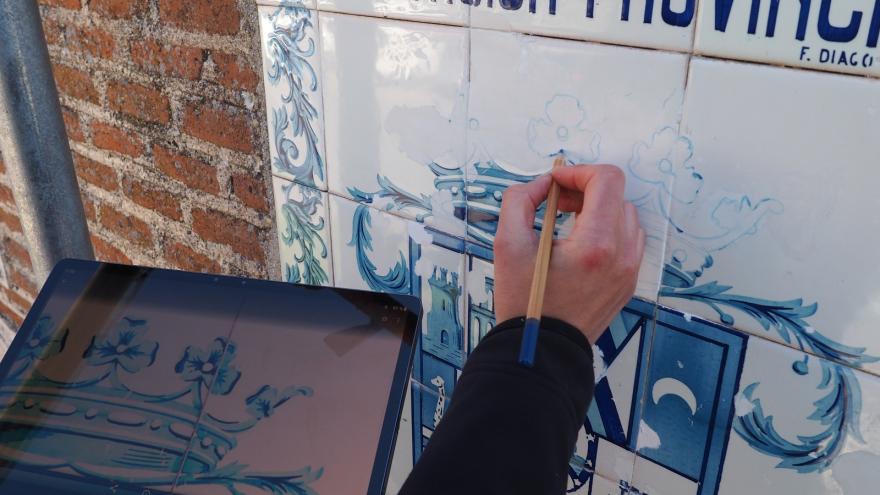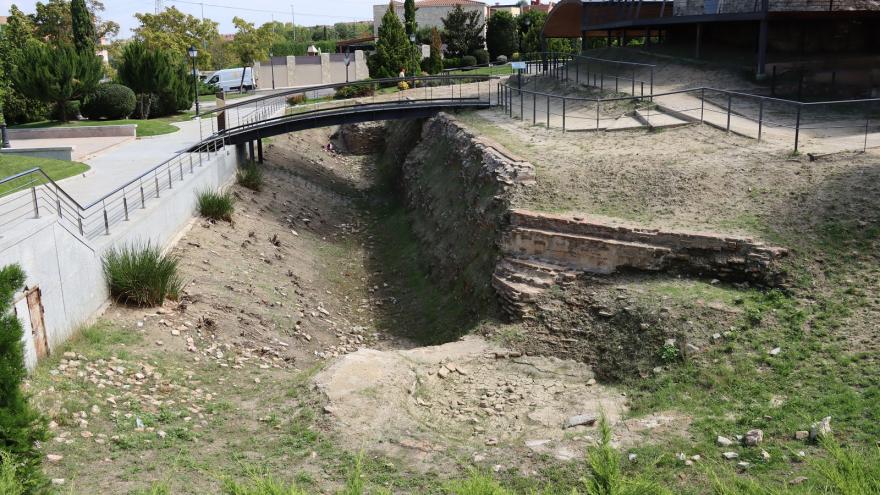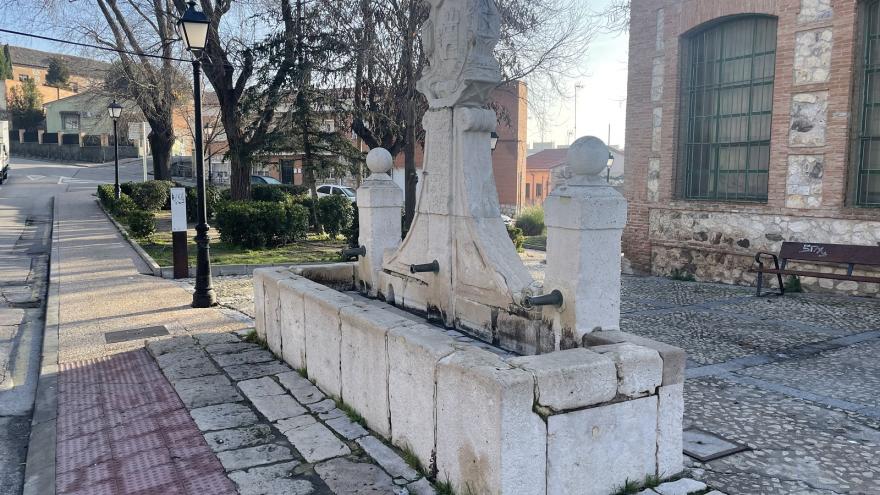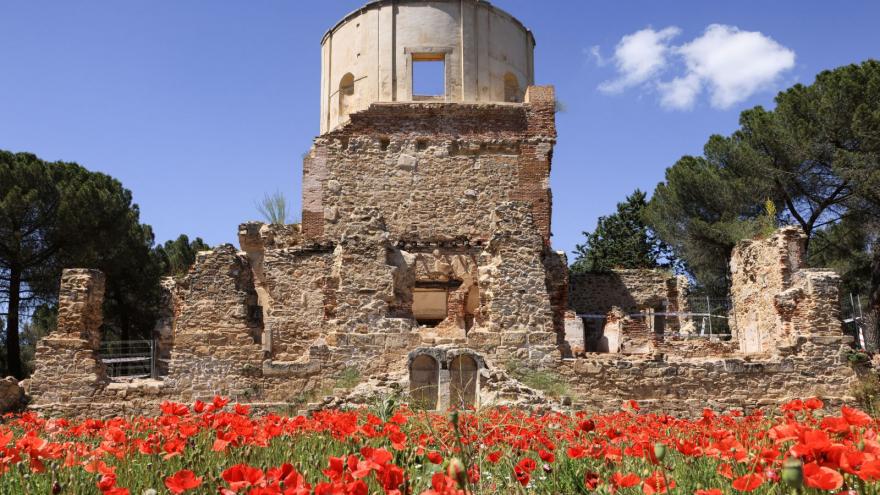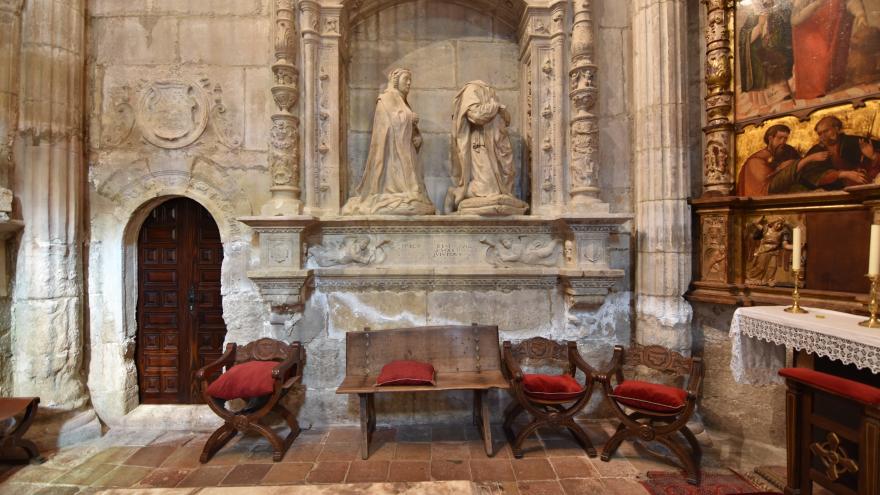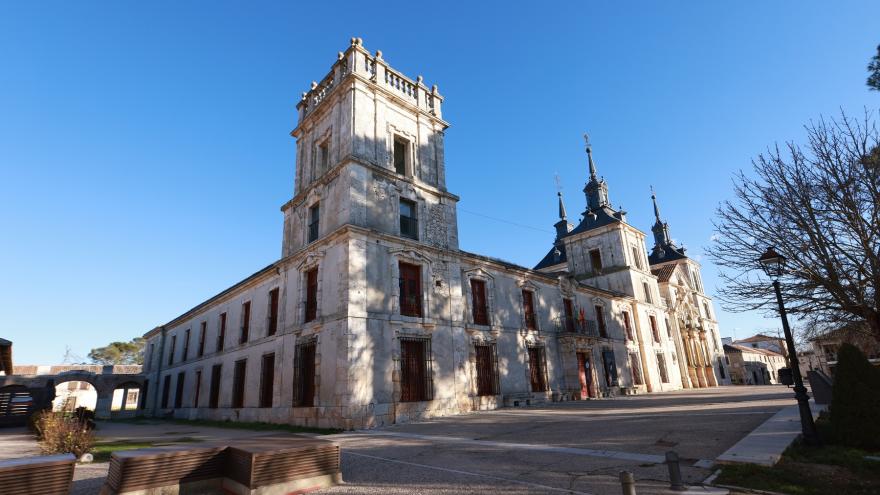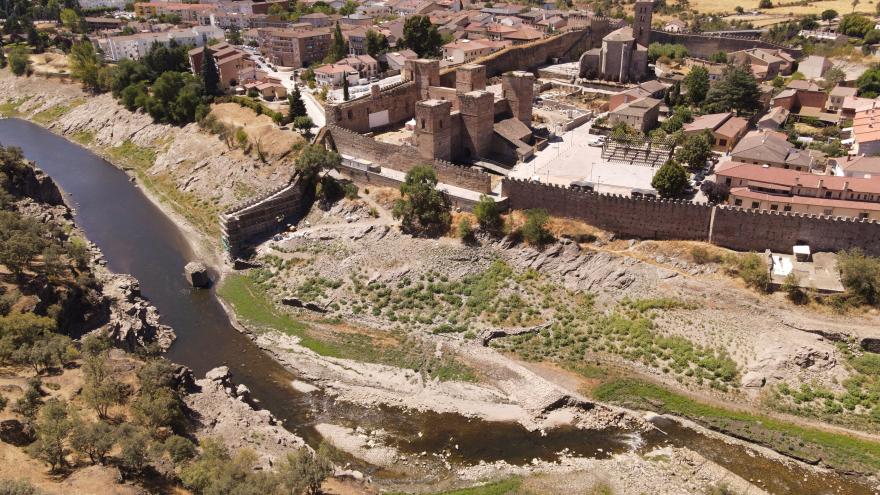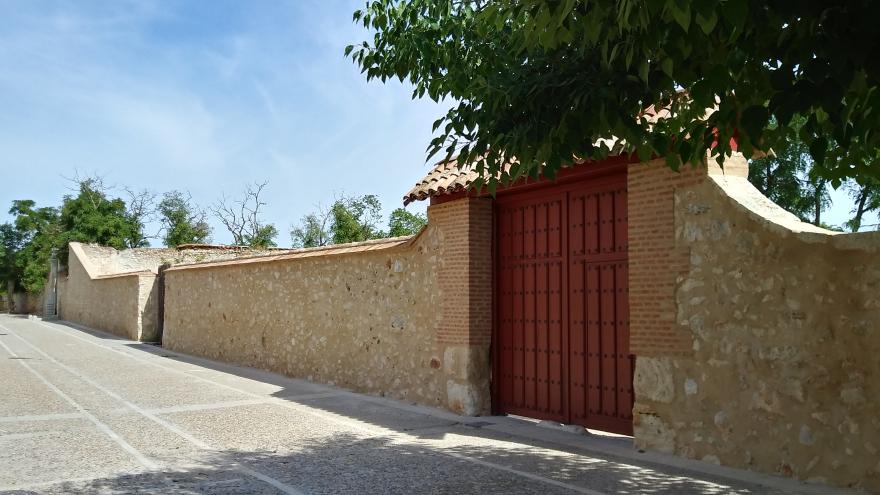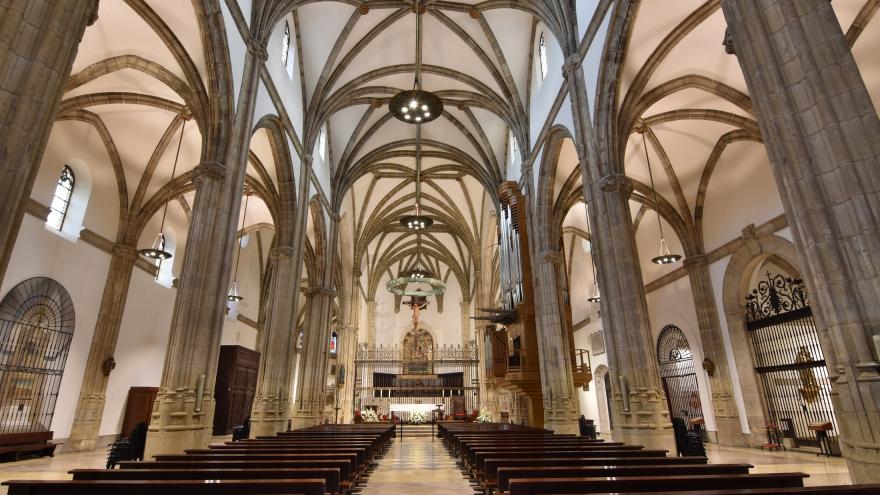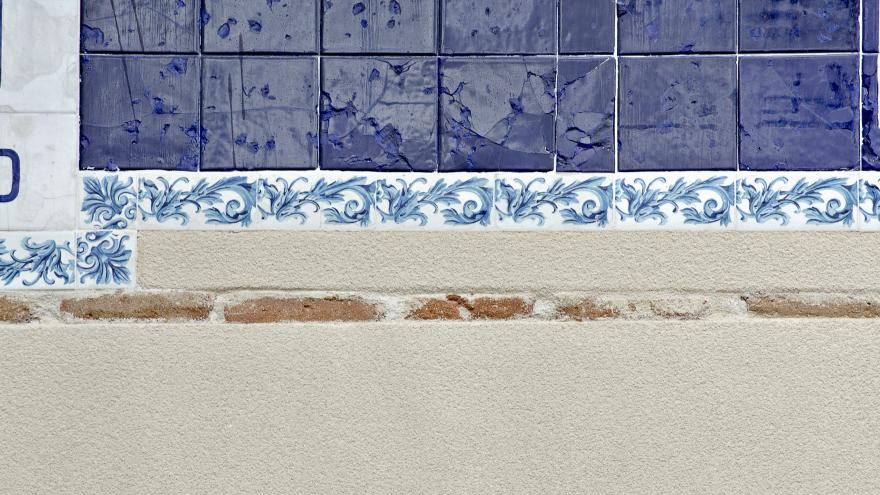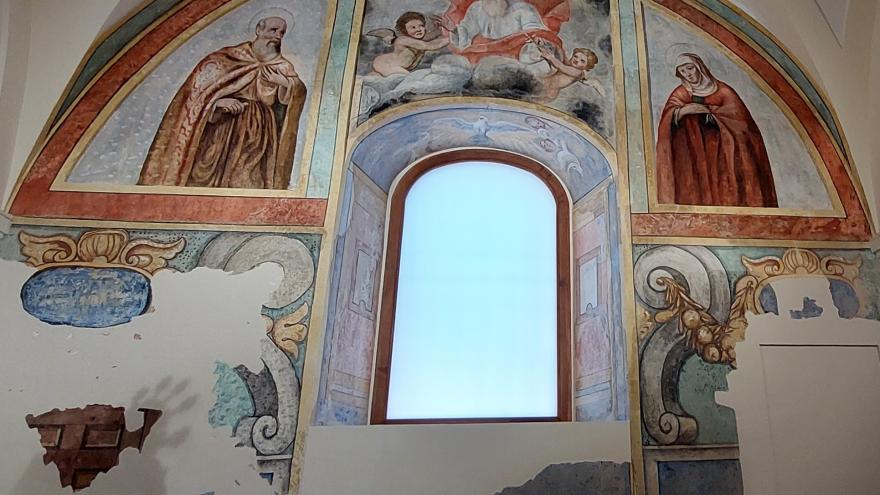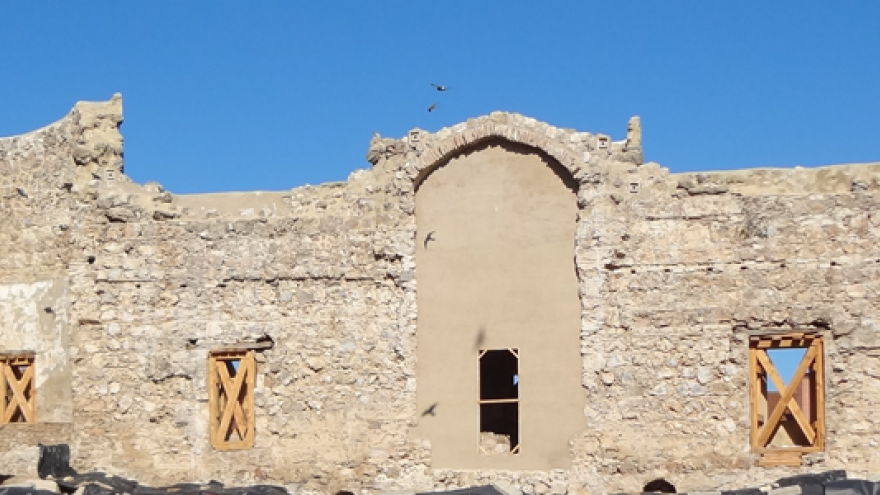

Restoration of real estate
Preserving and restoring the buildings to recover their historical-artistic value is the objective of the actions developed by the Community of Madrid in this type of property: churches, fountains, fortifications or bridges are just some of them.
We are working on...
Belmonte del Tajo washhouse fountain
The Fuente de Abajo, a construction made of Colmenar limestone ashlar and masonry dating back to the 18th century, has significant historical, architectural, and ethnographic value as it is a traditional rural fountain, used as a source, drinking trough, and washhouse.
The state of conservation of the three vessels of the fountain requires an intervention, which is part of the Historic Gardens and Fountains Plan, and will try to alleviate the problems it presents and provide value to its unique elements and its relationship with its environment.
Cleaning and restoration work will be carried out on the vessels, primarily to address issues of water loss due to cracks and poor sealing between ashlars. Negative additions or modifications will also be removed, deteriorated ashlars replaced, staples treated, and metal pipes cleaned and protected.
New Fountain of Miraflores de la Sierra
Built in 1791, according to the inscription on the front, the New Fountain, in the Baroque style and made of granite ashlar, is the most representative of the group of ancient fountains in Miraflores and is one of the most important, monumental, and largest historical fountains in the Community of Madrid.
It is a complex and unique element, with a rigorous, classical, academic composition, very intelligently adapted to the decline of the square on which it sits.
Currently, both the main fountain and the side basins are empty, without water. The two existing pipes, one on each side, operate with a timed button located in the pavement. The fountain is disconnected from the original water supply and from the spring, located higher up on the slope.
The intervention planned for 2025 is part of the Historic Gardens and Fountains Plan and will involve the following interventions: surface cleaning of the stone ashlars and pavement of the fountain, removal of spurious elements and unsuitable and/or degraded mortars, renewal of the joints between ashlars, review of the connections between the different tanks (basin, piles), punctual and structural surface consolidation, biocidal treatment and final protective and water-repellent treatment.
East wing of the Palace of Infante Don Luis
The Boadilla del Monte Palace, designed by architect Ventura Rodríguez as a residence for Prince Luis, is an important example of late Baroque architecture in Spain. With a rectangular floor plan and three main sections, it is the result of the transformation of an earlier building, called the Palace of the Two Towers.
Both the palace and the gardens, with their fountains, bridges, and orchards, were declared a Site of Cultural Interest. Since 2011, a program of interventions has been underway to restore the complex's original interpretation. This is the case, for example, with the recent restoration carried out in the kitchens. The East Wing The entrance to the building is configured as a bright, deep, double-height, open-plan vaulted space. The interior finishes are partially lost, although the plastered areas that covered the brick walls and vaults are still visible, and some areas are experiencing rising damp.
The planned 2025 project aims to restore the walls and vaults, restore the original woodwork and preserved railings, create a vent chamber to vent moisture, and pre-install a lighting system.








